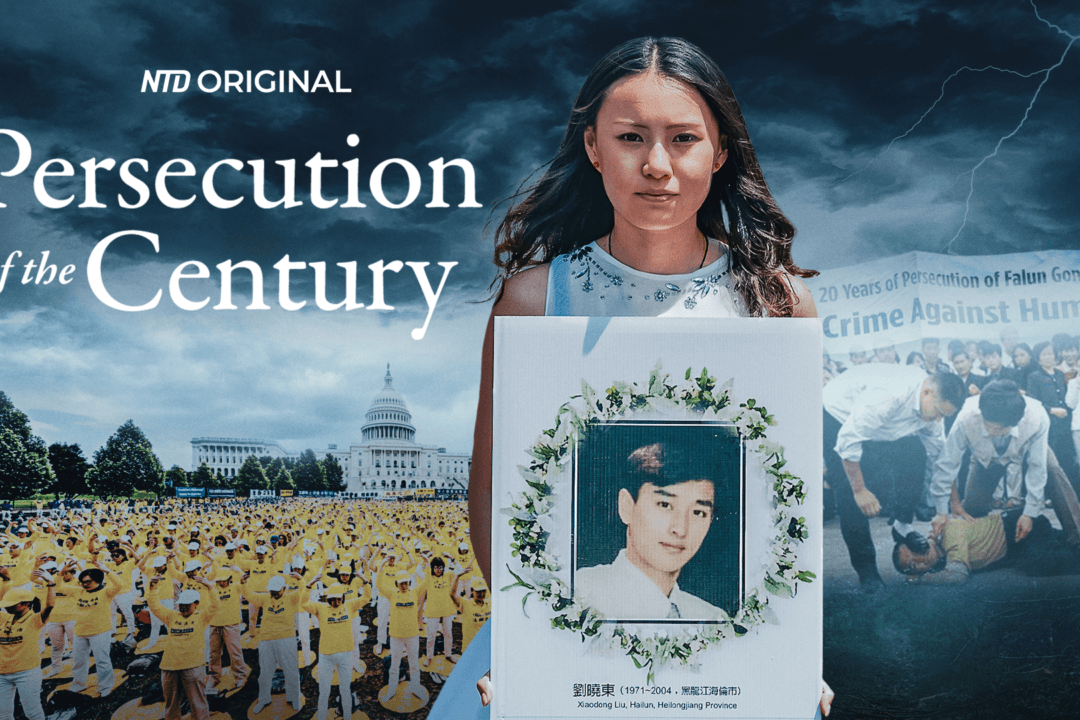They were gathering eggs along remote reaches of the Amazon River when 10 tribe members of an Indian “uncontacted tribe” were allegedly massacred by illegal gold miners, Survival International, an NGO that campaigns for indigenous peoples, reported.
According to Survival International “uncontacted tribes” are tribal peoples who have no peaceful contact with anyone in the mainstream or dominant society. These could be entire peoples or smaller groups of already contacted tribes.





